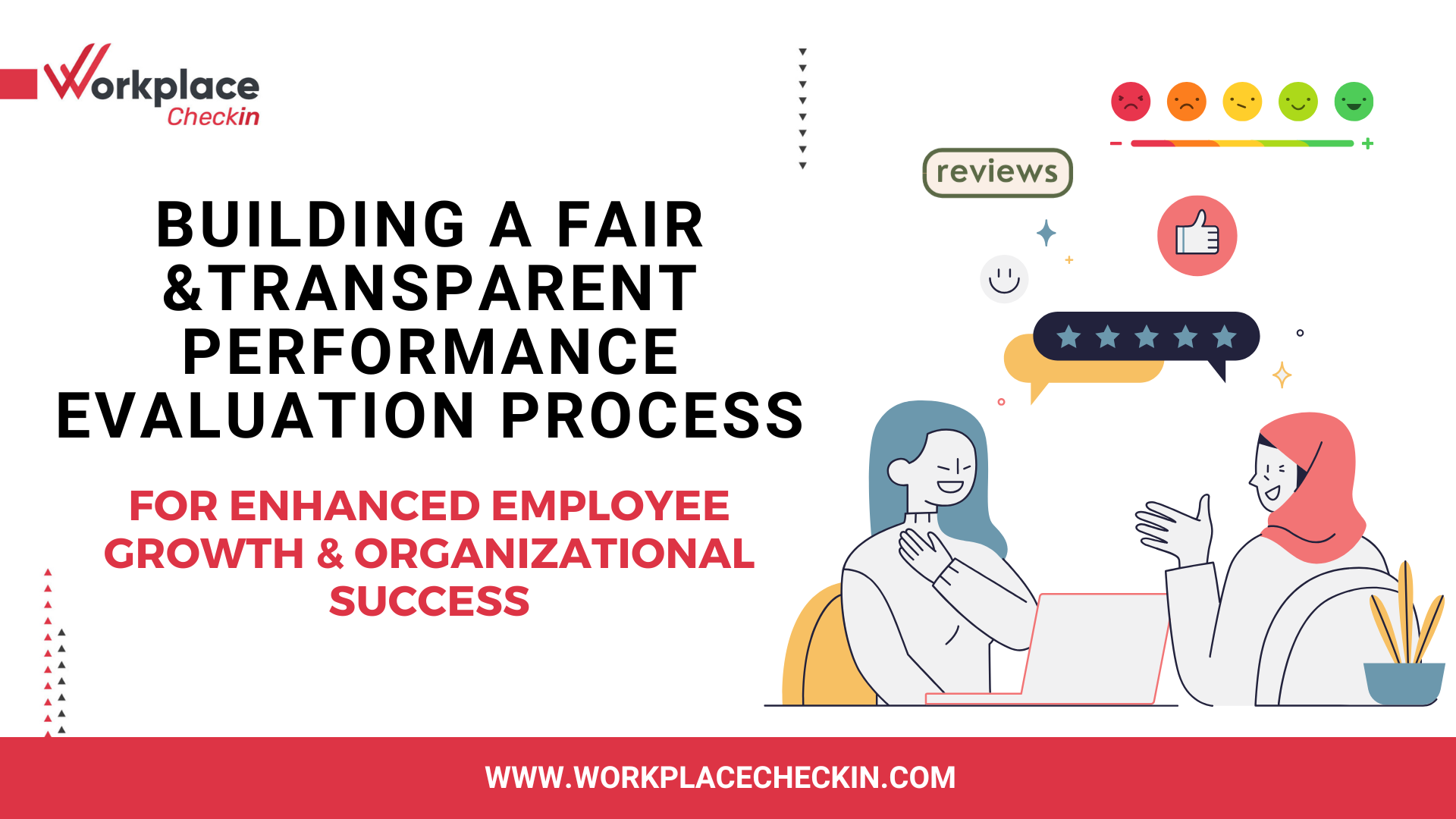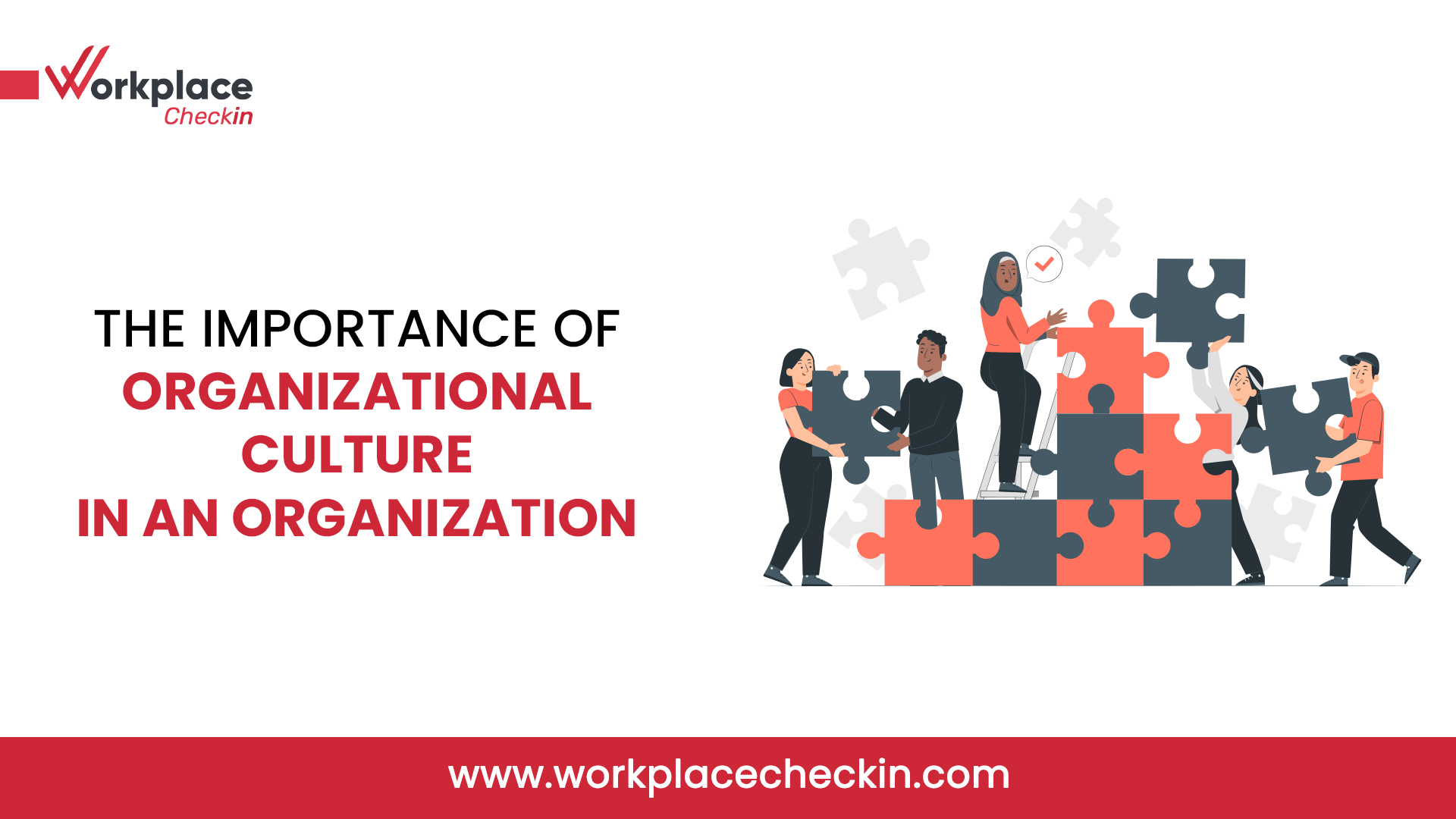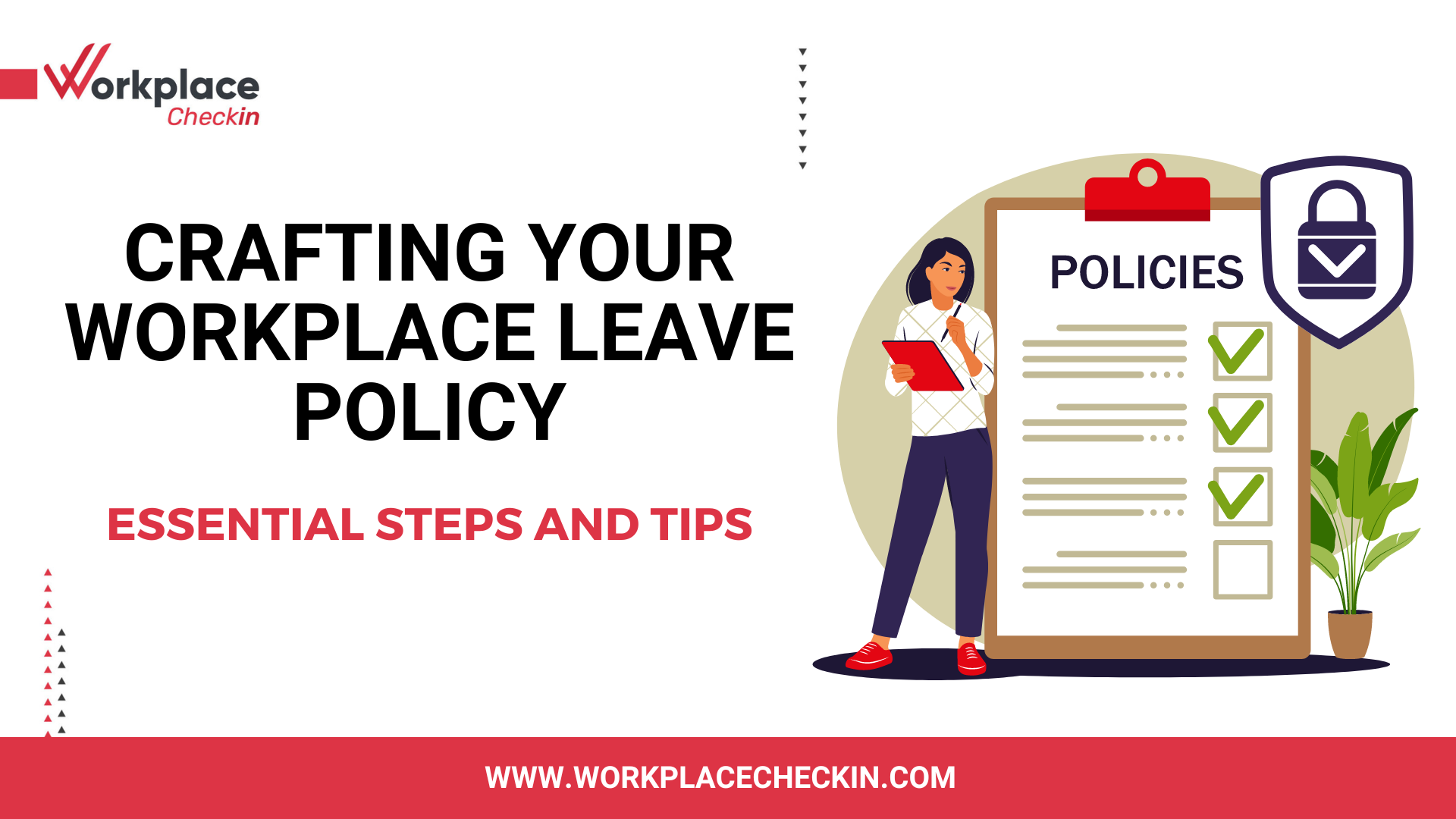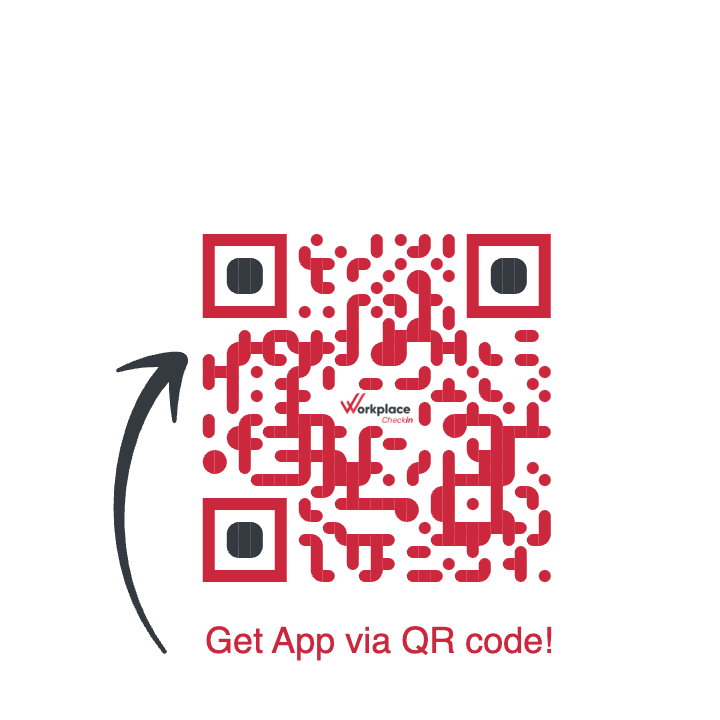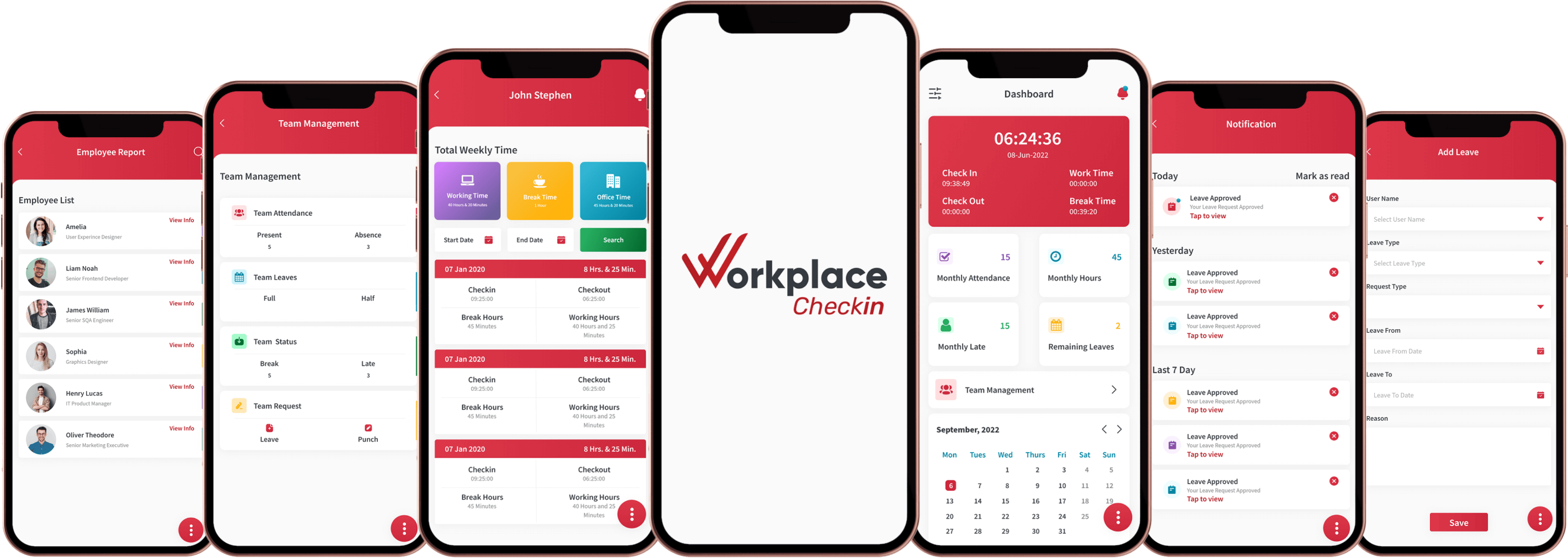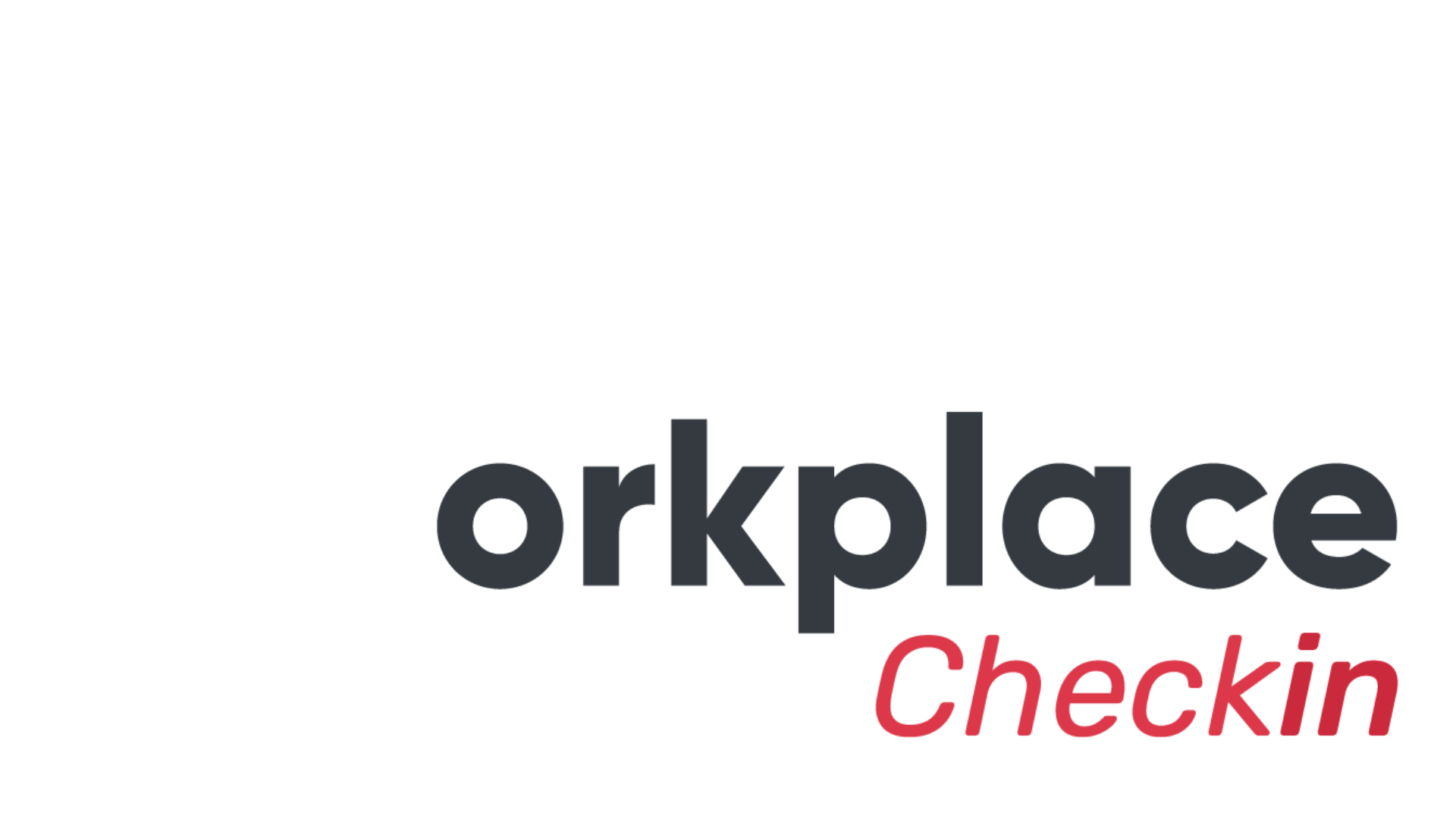

The Future of Performance Reviews: Continuous Feedback
In the fast-paced business world, where change is the only constant, the traditional annual performance review process is beginning to show its age. Employees and employers alike are recognizing the limitations of this once-a-year, one-size-fits-all approach to evaluating and improving performance. Companies are now shifting their focus towards more dynamic and agile methods of assessing employee performance, and one of the most promising alternatives to traditional annual reviews is continuous feedback.
The Annual Review Conundrum
Imagine this scenario: You're an employee at a well-established corporation, and the end of the year has rolled around. You're about to undergo your annual performance review, which fills many with trepidation and uncertainty. It's a meeting that's been circled on your calendar for weeks. You need to figure out what to expect, and the evaluation process often feels like a vague, stressful ordeal.
Annual performance reviews are a remnant of a bygone era when companies operated more stable and predictably. They were designed to give employees feedback on their work once a year and to set objectives for the upcoming year. However, this rigid approach no longer aligns with the needs and expectations of today's workforce.
The Shift Towards Continuous Feedback
Several forward-thinking companies have recognized the drawbacks of annual reviews and are adopting a more agile and continuous approach to performance assessment. They understand employees need feedback and guidance throughout the year, not just in one high-stakes meeting.
One such company leading the way in this shift is Adobe. In 2012, they abandoned their annual performance review process in favor of a more fluid system of regular check-ins and feedback discussions. These continuous check-ins allow for real-time discussions about goals, performance, and growth, ensuring employees are constantly aligned with their managers' expectations.

Real-Life Success Stories
Adobe is not the only company pioneering this change. Several real-life success stories emphasize the effectiveness of continuous feedback in enhancing employee performance and satisfaction.
Google - Setting the Standard
Google, the tech giant renowned for its innovative approach to management, abandoned traditional performance reviews in 2013. They adopted an " OKR " system (Objectives and Key Results) that focuses on setting and achieving quarterly goals. Google's shift was based on the realization that waiting a whole year to provide feedback doesn't cut it in today's fast-paced environment. By embracing continuous feedback through OKRs, employees receive ongoing input on their performance, enabling them to adapt, learn, and grow in real-time.
According to Google's internal research, this change led to a 10% increase in employee performance, demonstrating the impact of continuous feedback on employee growth and productivity.
Deloitte - The Reinvention of Performance Management
Deloitte, one of the world's largest professional services firms, is another example of a company that recognized the limitations of traditional annual reviews. In 2015, they conducted a significant overhaul of their performance management system. The firm replaced its annual appraisals with a more frequent check-in process, aiming to provide ongoing feedback and coaching to employees. Deloitte's "Performance Snapshot" system focuses on conversations about an employee's future rather than a recollection of the past, creating a forward-looking approach.
Deloitte reported that after implementing this change, they experienced a 32% reduction in the time spent on performance management, indicating that a more frequent feedback system can be efficient and effective.
General Electric (GE):
GE, one of the world's largest industrial conglomerates, replaced its traditional annual performance reviews with a system called "Touchpoints." Employees at GE have regular one-on-one conversations with their managers to discuss their progress and career development. This change has increased employee engagement and more agile responses to performance issues.
Microsoft:
Microsoft's transformation is another example worth noting. The tech giant overhauled its performance review process to one that values continuous feedback. This shift has increased collaboration and ensured that employees receive support and guidance when needed, not just during an annual evaluation.
The Benefits of Continuous Feedback
Continuous feedback offers a multitude of benefits to both employees and organizations. Let's dive into some of these advantages:
Improved Employee Engagement:
Frequent feedback keeps employees engaged and motivated, as they receive timely recognition for their accomplishments and assistance in areas that need improvement.
Enhanced Productivity:
Employees can adjust their performance and set new goals as situations change, ensuring their work always aligns with company objectives.
Personalized Growth:
Continuous feedback allows for tailored development plans and individualized coaching, enabling employees to grow in a way that suits their strengths and aspirations.
More Agile Response:
Managers can address issues and concerns in real time, fostering a culture of continuous improvement and agility.
Better Retention:
Employees who feel heard and supported are likelier to stay with the company. This reduces turnover and the costs associated with replacing and training new hires.
Statistics Speak Volumes
The shift towards continuous feedback is not merely anecdotal; there is data to support its effectiveness.
According to a study by Gallup, companies that implement regular feedback and coaching have employee engagement levels that are 14.9% higher, on average, than those without such practices. Furthermore, a survey conducted by Adobe found that 83% of employees prefer ongoing feedback to traditional performance reviews.
Incorporating regular feedback into your company's performance management system can also lead to higher productivity. A study by the Corporate Leadership Council found that organizations that implemented regular performance feedback experienced a 39% increase in employee productivity compared to those using traditional reviews.
Embracing the Future of Performance Reviews
The future of performance reviews is evolving, and the days of the traditional annual review are numbered. It's time for companies to embrace a more agile, responsive, and continuous approach to employee feedback and development.
If you're considering implementing continuous feedback in your organization, here are some steps to get you started:
Communication:
Ensure that your employees understand the shift and its benefits. Address any concerns and provide training where necessary.
Technology:
Use performance management software to facilitate continuous feedback, making it easier for employees and managers to document and access feedback.
Training:
Provide training for managers on how to give effective feedback and engage in regular check-ins.
Monitoring and Adjustment:
Continuously monitor the feedback process and be ready to adjust based on what
The Future Is Now
The future of performance reviews is already here, and it revolves around continuous feedback. Companies that embrace this shift are reaping the benefits of improved employee performance, engagement, and satisfaction. The statistics and real-life examples discussed in this blog demonstrate that it's a change worth making.
As businesses continue to evolve, the rigid and infrequent nature of traditional annual reviews no longer aligns with the fast-paced, dynamic environment in which we operate. It's time for organizations to adapt, innovate, and take a page from Google and Deloitte by ushering in the era of continuous feedback. Doing so will empower their employees to thrive, learn, and contribute to their fullest potential, ultimately securing a more prosperous future for all.
